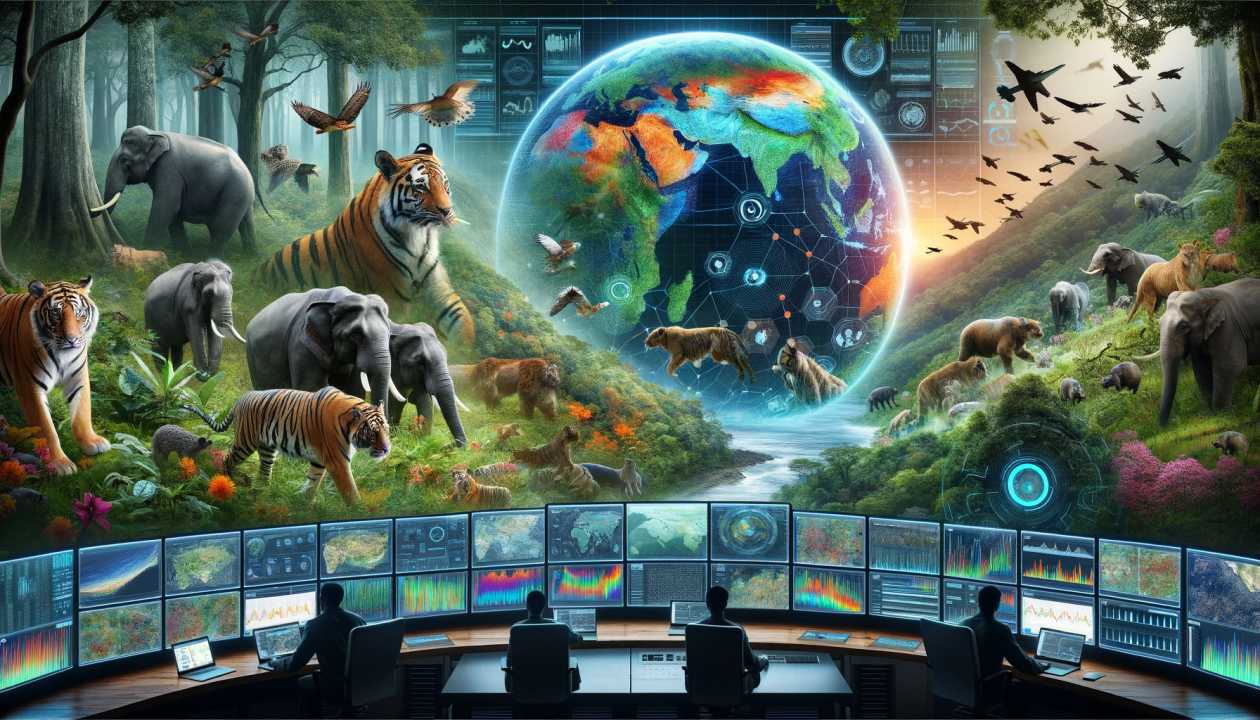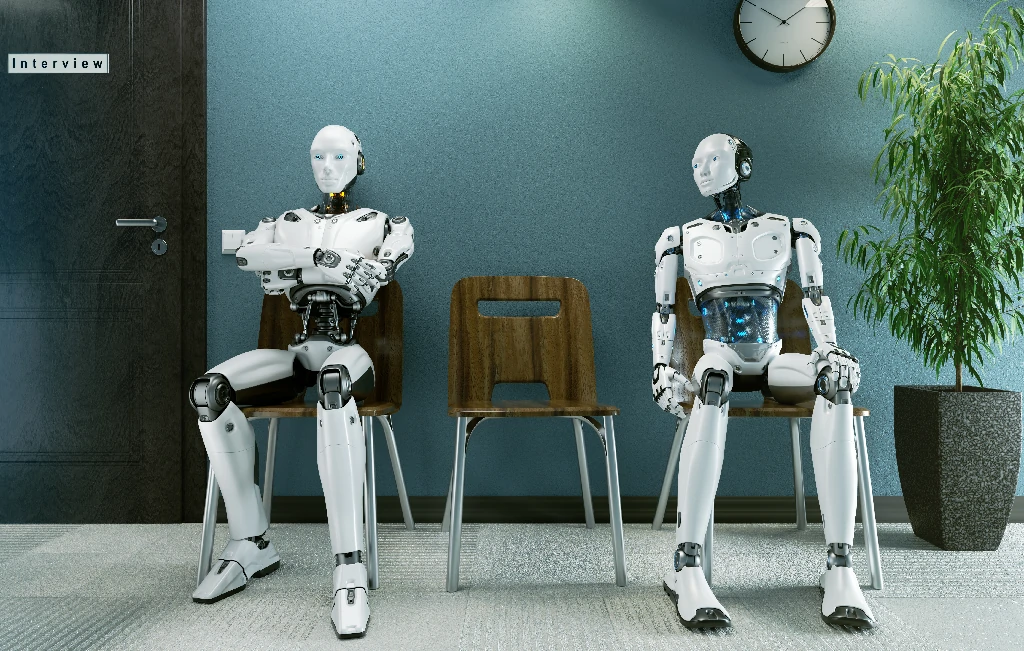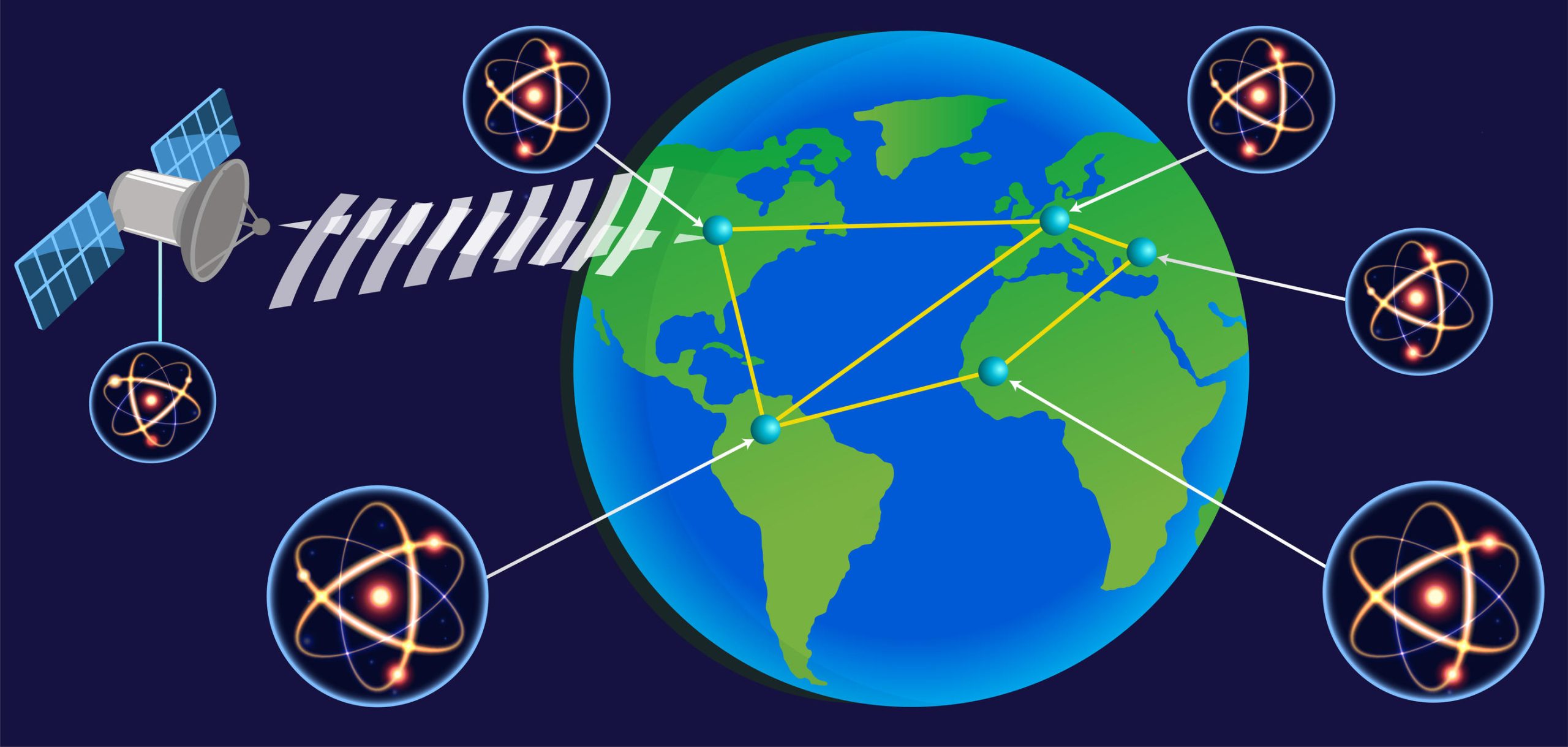justineanweiler.com – As technology advances at an unprecedented pace, the question of whether robots will become the future looms large in discussions about innovation, labor, and society. From industrial automation to personal assistants, robots are increasingly becoming an integral part of our daily lives. But what does the future hold for robotics, and how will it shape our world? In this article, we explore the potential of robots, the challenges they face, and their impact on various aspects of life.
The Current Landscape of Robotics
Robots have made significant strides in recent years, with applications spanning multiple industries:
1. Manufacturing and Industry
Robots have long been employed in manufacturing, where they perform repetitive tasks with precision and speed. They are used in assembly lines, welding, painting, and packaging. The integration of robotic automation has led to increased efficiency, reduced labor costs, and improved product quality. The rise of collaborative robots (cobots), designed to work alongside humans, has further expanded their use in manufacturing settings.
2. Healthcare
In the healthcare sector, robots are revolutionizing patient care and surgical procedures. Surgical robots, such as the da Vinci Surgical System, enable minimally invasive surgeries with enhanced precision. Robots are also being used for tasks like medication delivery, patient monitoring, and rehabilitation, improving outcomes and efficiency in healthcare settings.
3. Service Industry
Robots are making their mark in the service industry as well. From robotic vacuum cleaners like Roomba to restaurant robots that serve food, automation is reshaping how we interact with everyday services. Some hotels have even started using robots for check-ins and room service, enhancing customer experience.
4. Exploration and Disaster Response
Robots play a crucial role in exploration and disaster response. Drones are used for aerial surveys, mapping, and monitoring wildlife, while underwater robots assist in ocean exploration and research. In disaster scenarios, robots can be deployed for search and rescue operations, accessing areas that are hazardous for human responders.
The Future of Robotics
1. Increased Automation
As technology continues to evolve, we can expect a surge in automation across various industries. Robots will likely take on more complex tasks, with advancements in artificial intelligence (AI) enabling them to learn from their environments and adapt to new challenges. This could lead to enhanced productivity and efficiency, transforming the workplace landscape.
2. Human-Robot Collaboration
The future of robotics will likely focus on collaboration between humans and robots. Rather than replacing human workers, robots will augment their capabilities, assisting with tasks that are repetitive or dangerous. This collaborative approach can lead to a safer and more efficient work environment.
3. Robotics in Daily Life
As robotics technology becomes more accessible and affordable, we can anticipate an increase in the use of robots in everyday life. From home assistants like Amazon’s Alexa to robotic personal trainers, our daily routines will be increasingly influenced by robotic technology.
4. Ethical and Social Implications
The rise of robots raises important ethical and social questions. Concerns about job displacement due to automation, privacy issues surrounding surveillance robots, and the need for regulations in the deployment of autonomous systems are critical considerations for policymakers and society at large. Balancing technological advancement with ethical considerations will be crucial for the responsible integration of robots into our lives.
Challenges Ahead
While the potential for robotics is vast, several challenges must be addressed:
1. Job Displacement
One of the most pressing concerns regarding the rise of robots is job displacement. As robots take on more tasks traditionally performed by humans, there is a fear of widespread unemployment. To mitigate this, there will need to be a focus on reskilling and upskilling the workforce to prepare individuals for roles that complement automation.
2. Technological Limitations
Despite significant advancements, robots still face limitations in their capabilities. Complex tasks requiring human intuition, creativity, and emotional intelligence are challenging for robots to replicate. Continued research and development are necessary to push the boundaries of what robots can achieve.
3. Regulatory Frameworks
As robots become more prevalent, establishing regulatory frameworks to govern their use will be essential. This includes addressing safety standards, liability issues, and ethical considerations. Ensuring public trust in robotic technology will require transparency and accountability.
Conclusion
Will robots become the future? The answer is a resounding yes, but the extent of their impact will depend on how we navigate the challenges and opportunities they present. As robots increasingly integrate into various aspects of our lives, they have the potential to enhance productivity, improve quality of life, and reshape industries.
The future of robotics is not about replacing humans but rather augmenting our capabilities and transforming the way we work and live. By addressing ethical considerations, preparing the workforce for change, and fostering collaboration between humans and robots, we can harness the power of robotics to create a brighter and more efficient future. As we stand on the brink of this technological revolution, the question is not whether robots will be part of our future, but how we will embrace their potential.




